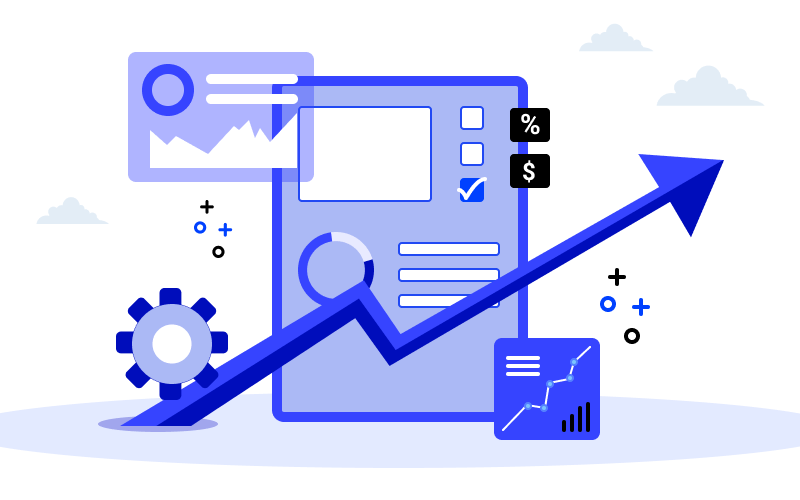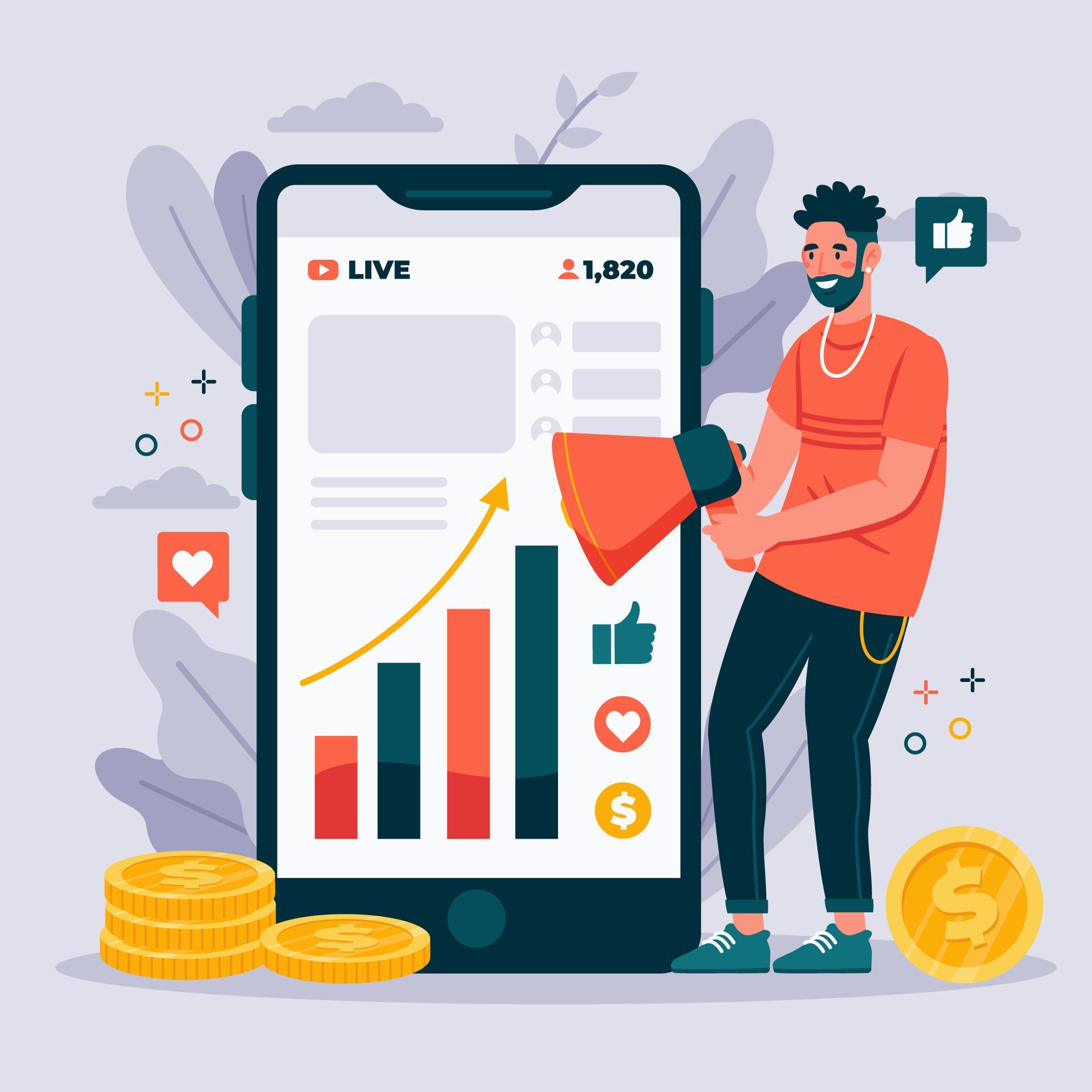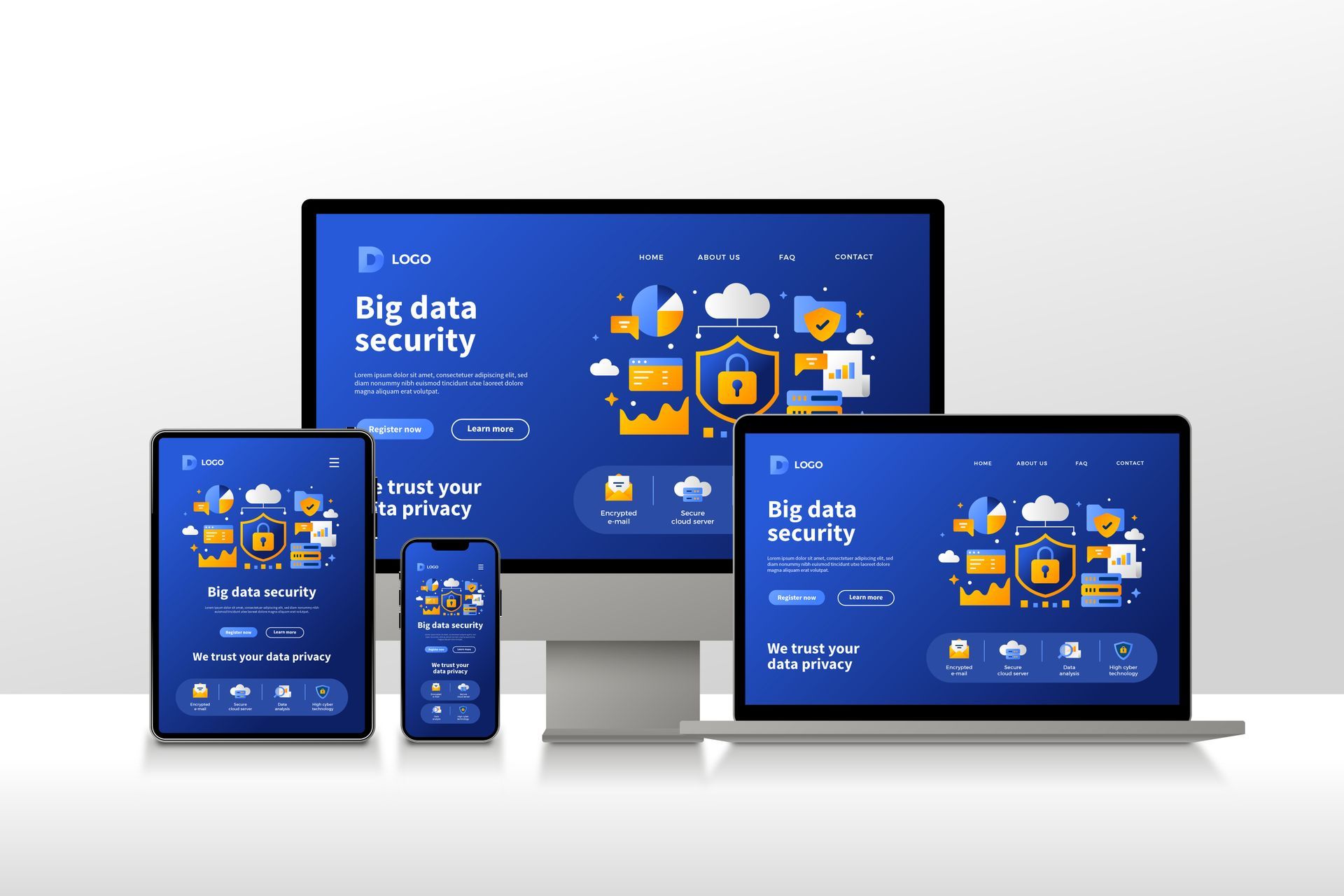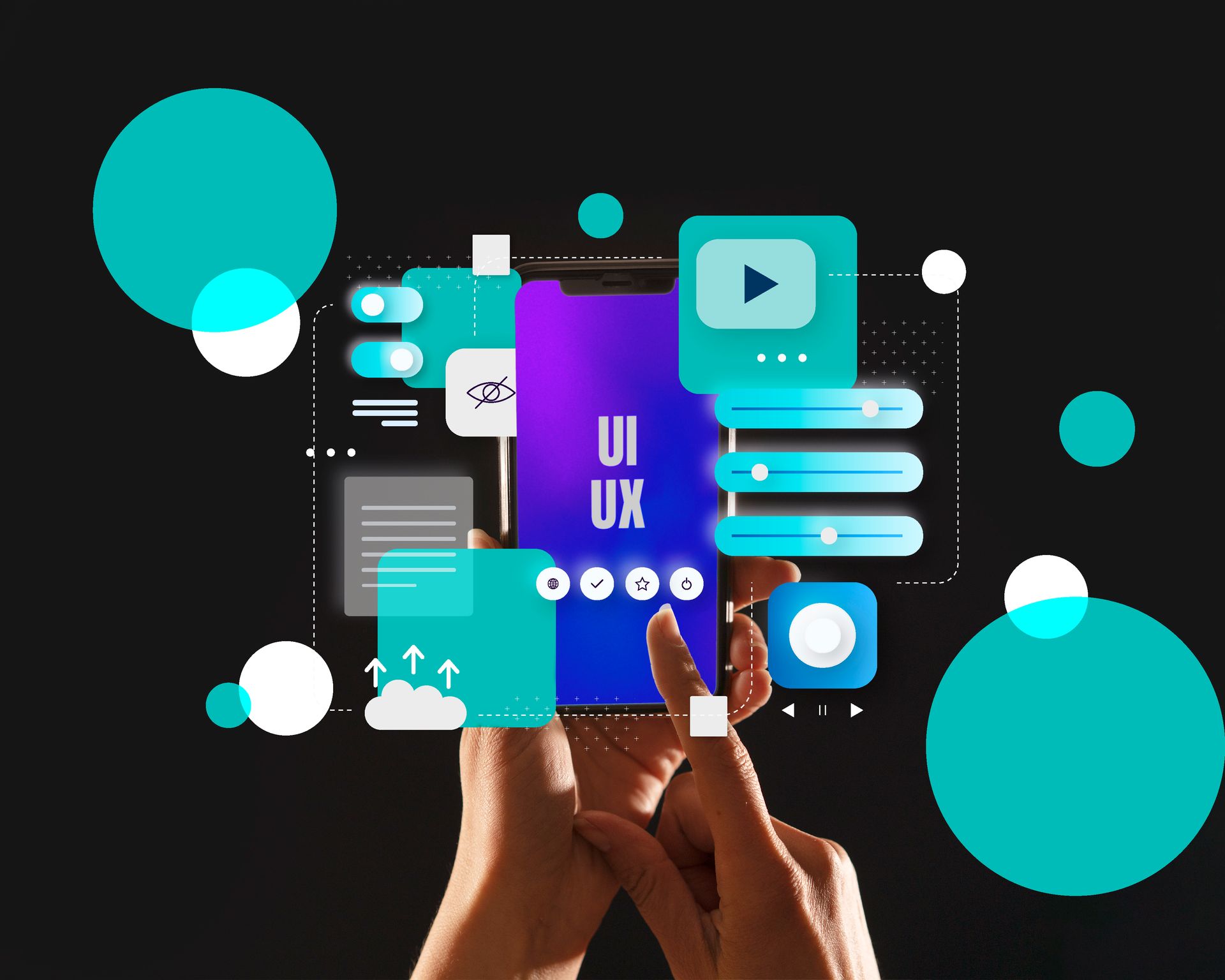
How AI Solutions Can Transform Business Operations and Customer Experiences
Staying ahead in business requires embracing innovation. One of the most impactful technologies today is Artificial Intelligence (AI). From streamlining operations to enhancing customer experiences, AI is reshaping the way companies function. Here’s how AI can revolutionize your business.
1. Enhancing Customer Service
AI-powered chatbots provide instant support, answering questions 24/7 without human intervention. These tools use natural language processing (NLP) to assist customers with inquiries, troubleshooting, and order tracking, improving satisfaction while freeing up human agents for complex issues.
Example: An e-commerce brand reduced response times by 30% after implementing AI chatbots, leading to higher customer satisfaction scores.
2. Making Data-Driven Decisions
AI can process vast amounts of data, detecting patterns that human analysts might miss. Businesses can use AI-driven insights to refine marketing strategies, optimize inventory, and forecast demand more accurately.
Example: A retail chain reduced overstock and stock outs by 20% using AI-based sales data analysis.
3. Personalizing Marketing Efforts
AI analyzes customer behavior, preferences, and purchase history to create targeted marketing campaigns. This level of personalization leads to higher engagement and conversion rates.
Example: A fashion retailer using AI-driven email marketing saw a 25% increase in click-through rates and a 15% boost in sales.
4. Improving Operational Efficiency
AI automates repetitive tasks, reducing errors and increasing productivity. From data entry to supply chain management, AI helps businesses streamline operations and allocate resources more effectively.
Example: A manufacturing firm using AI-driven automation reduced manual errors by 40% and improved overall efficiency.
5. Enabling Predictive Maintenance
AI predicts equipment failures by analyzing sensor data, allowing businesses to schedule maintenance proactively. This reduces downtime and extends asset lifespan.
Example: An airline leveraging AI for fleet maintenance reduced unscheduled repairs by 30%.
6. Strengthening Security and Fraud Detection
AI-powered security systems detect fraudulent transactions in real-time. Machine learning algorithms analyze patterns to flag suspicious activities, protecting businesses from financial losses.
Example: A financial institution reduced fraudulent transactions by 50% within a year using AI-driven fraud detection.
7. Gaining Deeper Customer Insights
AI extracts valuable insights from customer feedback, online reviews, and social media interactions. Businesses use this data to improve products and services, enhancing customer satisfaction.
Example: A hospitality company improved guest experiences by analyzing AI-generated insights from customer reviews, leading to a 15% increase in satisfaction scores.
Future-Proof Your Business with AI
Integrating AI into your operations offers significant advantages—better customer service, smarter decision-making, personalized marketing, operational efficiency, predictive maintenance, enhanced security, and valuable insights. Businesses that leverage AI stay competitive, agile, and customer-focused in today’s digital landscape.
Ready to transform your business with AI? Explore AI solutions today and take the first step toward a smarter, more efficient future.










